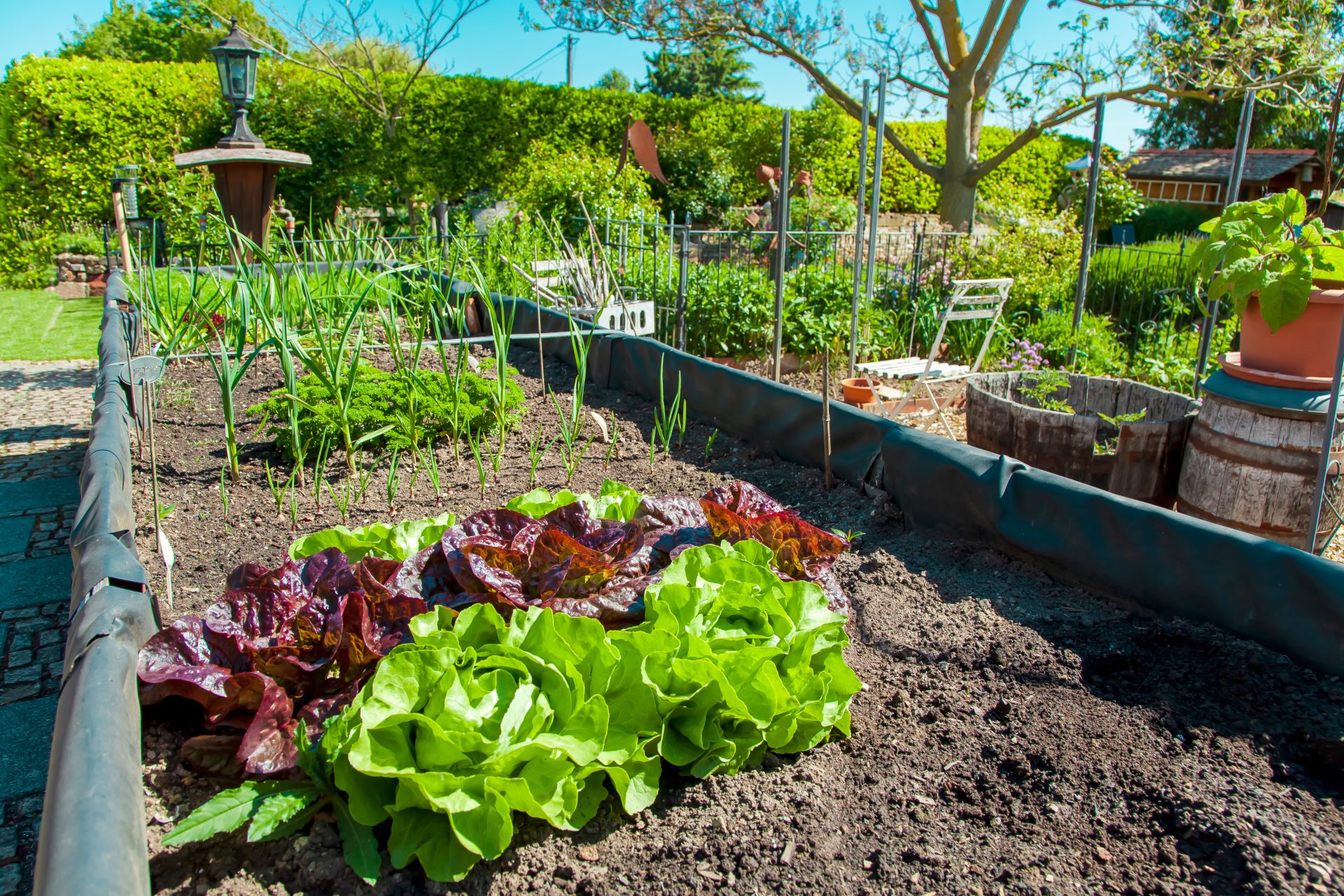
By Karen Cohen
Take everything with a grain of salt. Where did that ancient proverb come from? Basically, it means that everything tastes better with a grain of salt. Is that what inspired this saying? Research tells us that in 77A.D. Pliny the Elder, you remember him… (I don’t) any who, he prescribed a grain of salt as a remedy for poison. Many countries have used this saying over the centuries and presently it means that you may not believe something completely, so “take it with a grain of salt.” I guess that makes anything edible or acceptable, in theory.
We have heard all the expert TV chefs talk about a pinch of salt for flavor. Notice I said a “pinch” of salt. I’ve seen people adding salt like it was going out of style, (another crazy witticism). Too much salt will inflict misery to your taste buds, ruin a good meal, wreak havoc on your body, and make you extremely thirsty or dehydrated! Animals and plants need small amounts of salt to survive as do our bodies; we need sodium for muscles and nerves to work properly. Only about 500 mg per day keeps us healthy; more than that and we end up battling high blood pressure, heart disease and a possible stroke.
Now for the good news! Before you toss out that salt in your cupboard, did you know that you can use salt as a preservative? Most of us have made or eaten pickled beets, ramps, garlic, beans, and cukes in vinegar, salt, and water. Have you tried a very old traditional way of “putting” food up for long winter months in salted water? This method was used before refrigeration came into households. Salt keeps foods from spoiling and prevents bacteria.
In the old days when summer was over and the crops were harvested, some veggies were placed in large crocks to brine over time in salted water. An elder in my rural neighborhood had a large crock sitting right in her kitchen pantry that was filled with whole cucumbers immersed in salted water-brine. She would offer us a “pickle” whenever we visited. I’ve seen and tasted the same type of pickle in the New York deli’s offering “house cured” pickles. Adding garlic to the salted brine will give a real zip to the flavor!
How do you make pickles in a brine? A standard recipe would be one tablespoon of kosher or sea salt to one cup of non-chlorinated water. Spring water tastes best. The water doesn’t have to be boiled but stirring the salt until it dissolves in the hot water is mandatory. I pack a sterilized mason jar with cucumbers, I slice them into spears, or I cut them into ½ inch round chunks. Then I add some fresh dill, 8 peeled garlic cloves, a few tablespoons of real pickle juice to get the process jump started and top off everything with my salted water. Be sure to cover all your cukes, (we grew a ton of cucumbers this summer), entirely with water to the top of your container to prevent any rot and mold from setting in. I use a weight to keep those cukes from floating to the top, an upside down small glass jar or small ramekin will suffice. Do not use plastic.
I leave my cukes brining in salt water with a glass weight and light cover, not a tightly sealed container which may burst with the fermentation process, in the fridge for about 2 months before I start to fish one out. Three to four months might be the ideal time but taste them to see how you prefer them. Brining takes longer than pickling/canning foods. The salt basically removes all the water from anything in it and keeps it from decaying. If a whitish skin forms on top of your brine, toss everything out, consider the process ruined or scrubbed!
Why kosher salt? This type of salt has no iodine added. Iodine is used in most table salts and adds a bitter taste to food products so switch over to kosher salt or sea salt for the best flavor in all your foods.
“There must be something strangely sacred in salt. It is in our tears, and in the sea.” —Khalil Gibran
(Karen Cohen is an organic gardener using chemical free, natural practices in growing food, herbs, and flowers. Please email your comments, tips, and questions to: natureswaykaren@gmail.com and Happy Gardening!)


